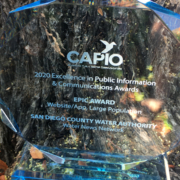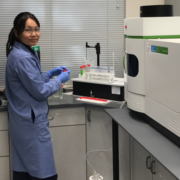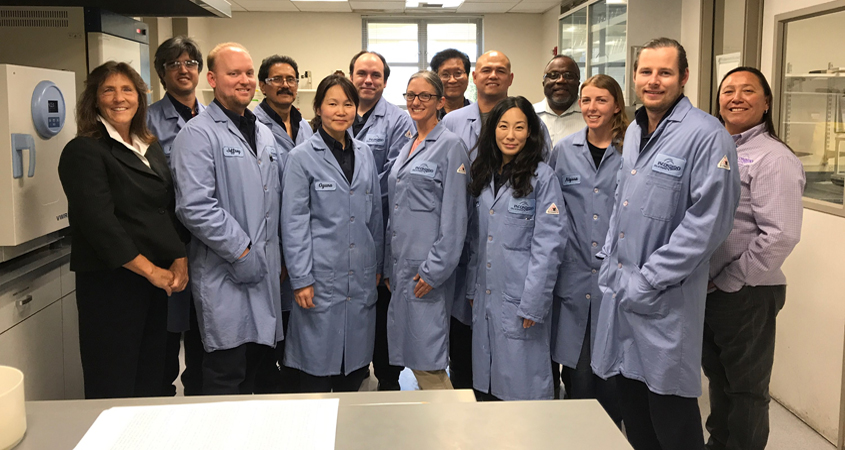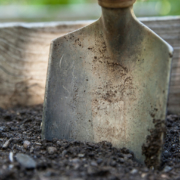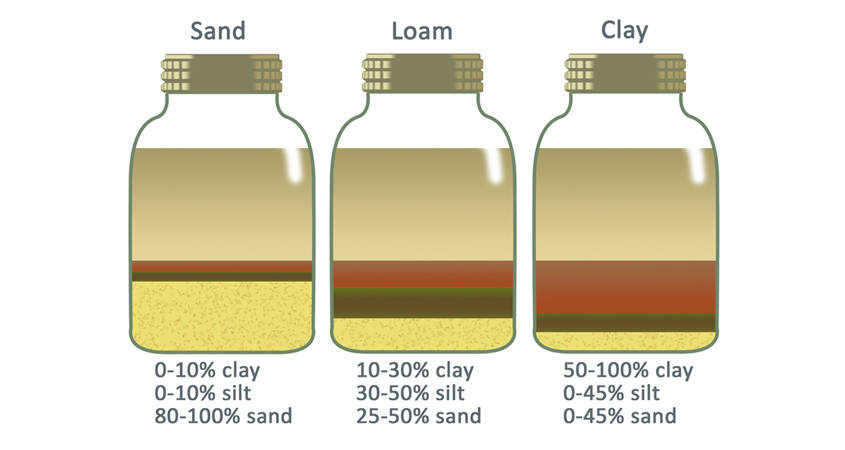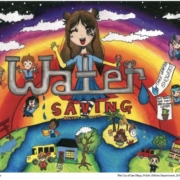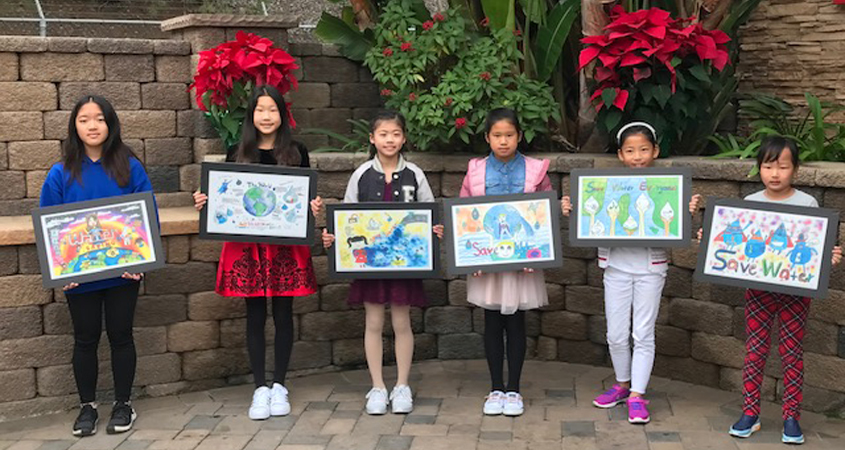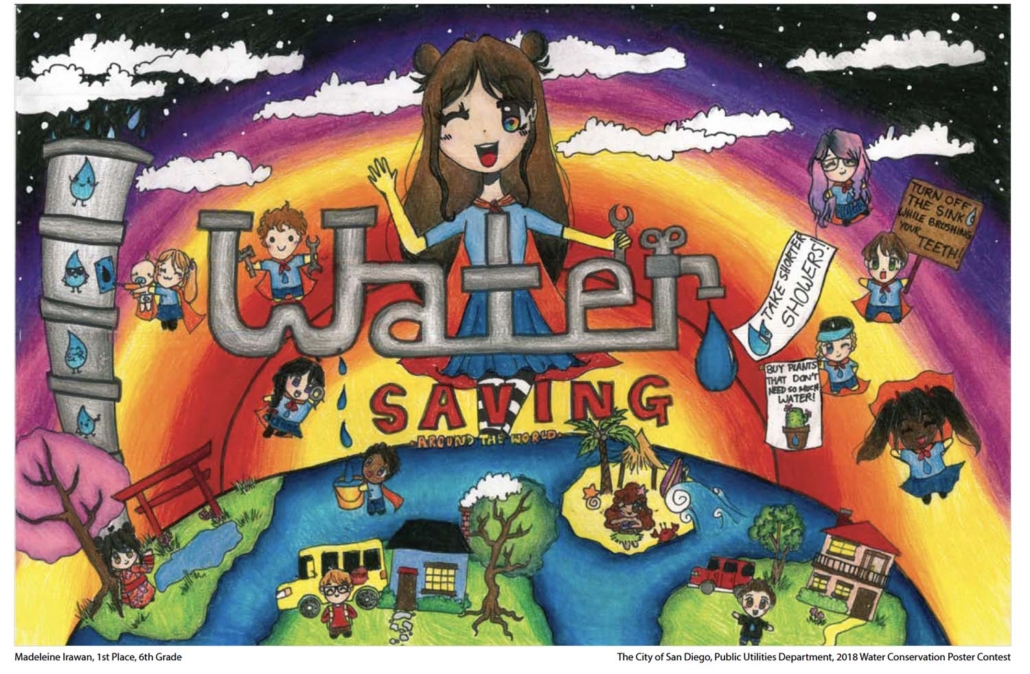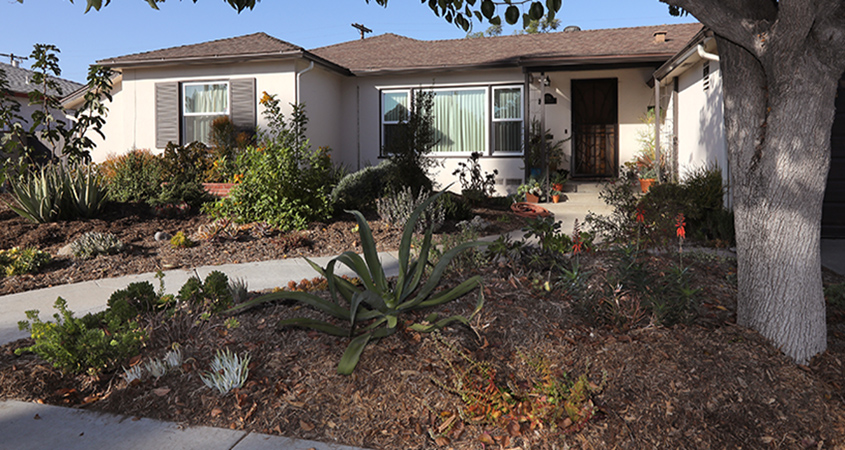Water News Network Named Best California Public Agency Website
The Water News Network website has been named “Best Website” among California public agencies for 2020 in the California Public Information Officers EPIC Awards competition.
The CAPIO EPIC Awards recognize the “best of the best” in government communications throughout the state. Winning entries demonstrate the most creative and effective efforts in the areas of communication and marketing campaigns, newsletter production, photography, special events, writing, website development and video production.
Original news content praised by judges
The Water News Network received praise from competition judges for keeping all stakeholders in mind when creating the website, and for its initiative in producing original story content and photos. Other finalists in the Best Website/App category were the City of Santa Clara for its SantaClaraCA.gov website redesign; and Contra Costa County for its ‘Virtual Office’ entry.
“Over the past two years, the Water News Network has become a timely and reliable source of news and information about a variety of water issues, projects and programs affecting more than 3.3 million people across San Diego County,” said Water Authority Public Affairs Director Denise Vedder. “We’re proud to collaborate with our member agencies on this and other outreach and education efforts about region’s most precious natural resource.”
EPIC Award for Best Website/App revealed in package
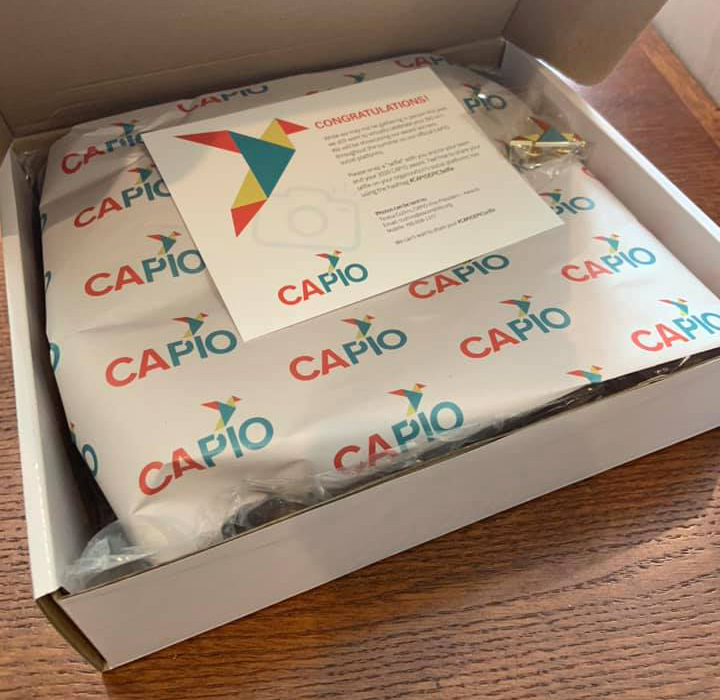
In lieu of an awards ceremony, trophies were mailed to the winning entrants with results revealed upon being opened in 2020 due to the coronavirus pandemic. Photo: CAPIO
The EPIC Awards honor work that transcends innovation and craft, work that made a lasting impact, providing an equal chance of winning to all entrants regardless of company or agency size and project budget.
Entries are assessed on research and planning efforts that display an understanding of audience objectives and needs for information; development and execution; and how successfully the entrant organization achieves its objectives.
This year’s CAPIO EPIC Awards program drew a record number of 275 entries in all categories from throughout the state of California.
The Water News Network has also won the Best Public Service or Consumer Advocacy Website category for the past two years in the San Diego Press Club‘s Annual Excellence in Journalism Awards.

